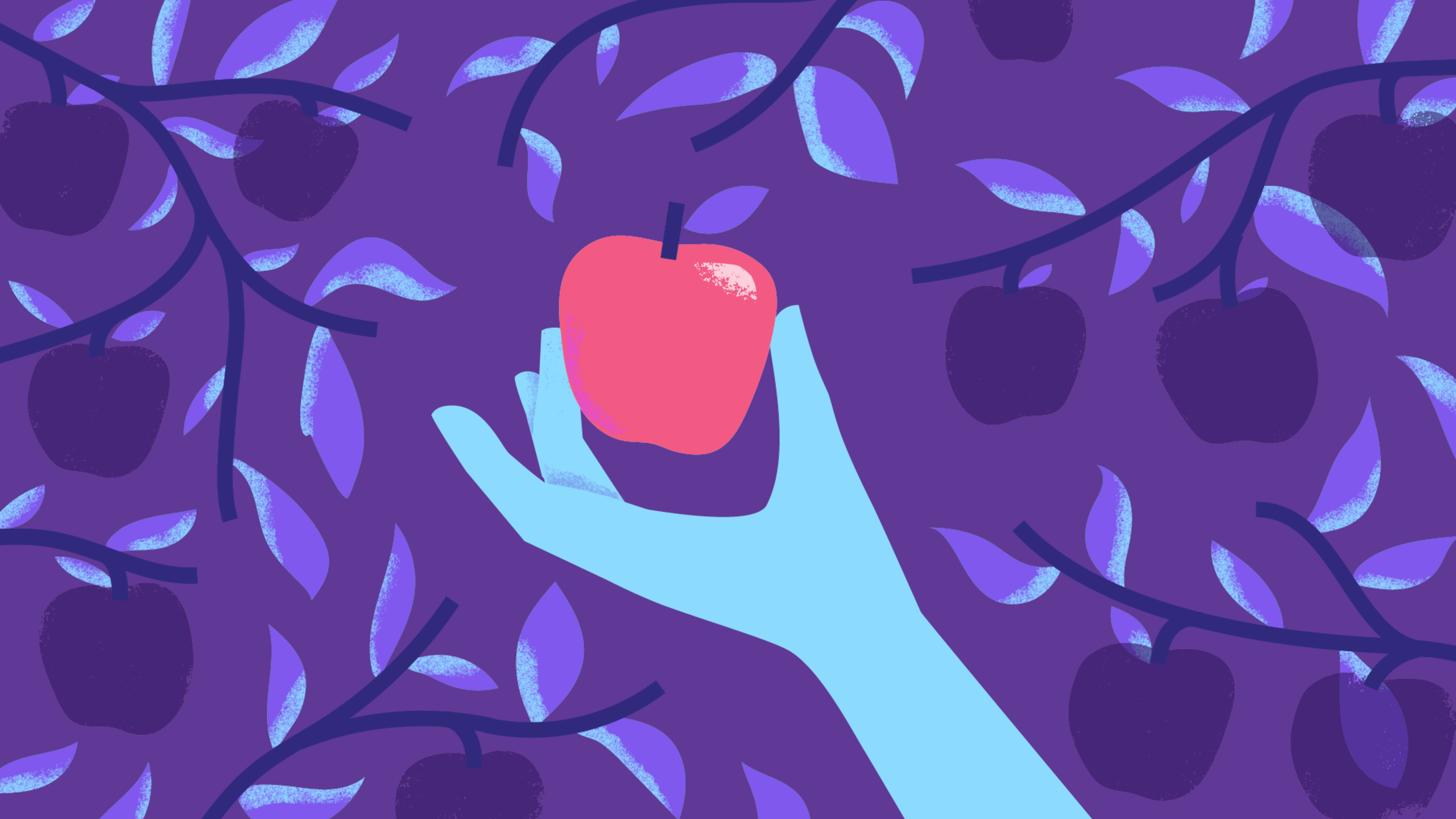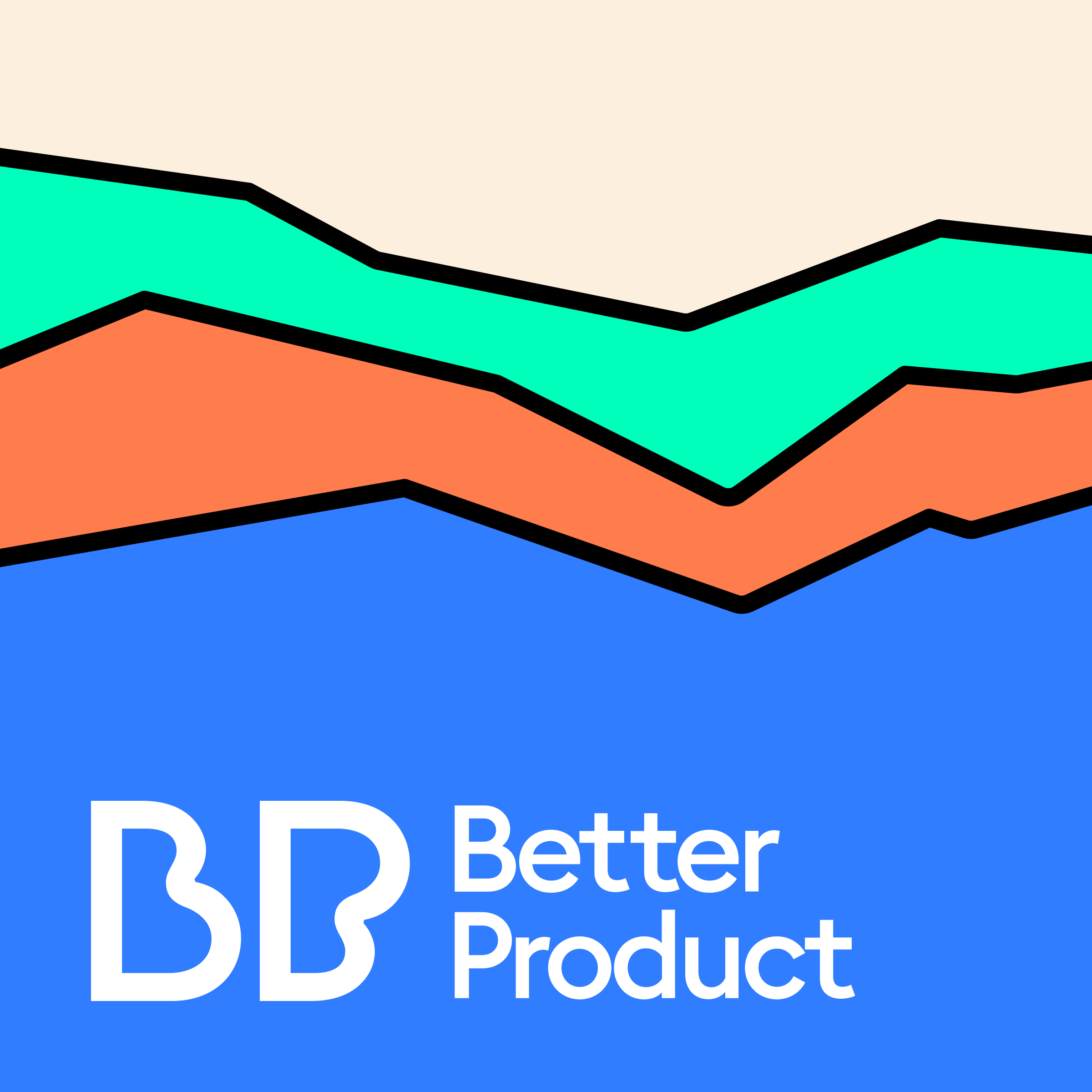U.S.E.R. Framework for Maximizing Product Feedback


After getting many questions from startup founders about whether to start with product design or product brand, Christian and Meghan take on the debate. Of course, both areas are important, but when you’re tight on cash and talent, which should you prioritize?
We won’t spoil our conclusions, but here’s a hint: it depends Don’t worry – Meghan and Christian explain exactly what “it depends” on.
Whichever path you choose – design or brand – don’t neglect collaboration. Your brand and product need to stay connected as you iterate.